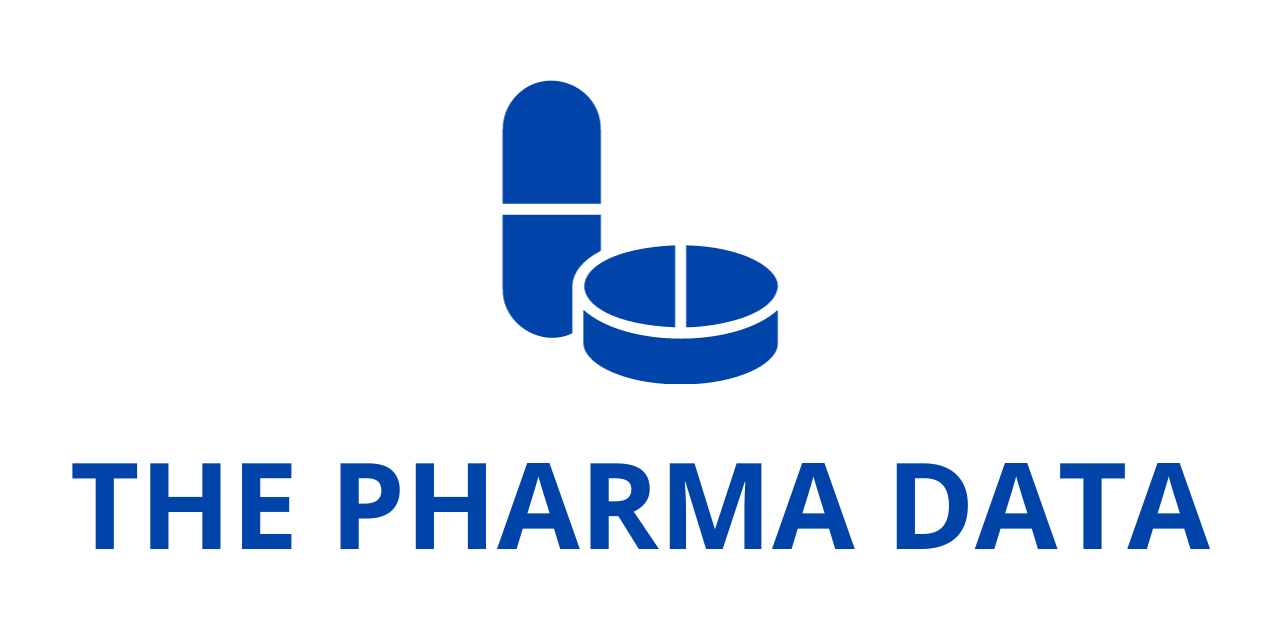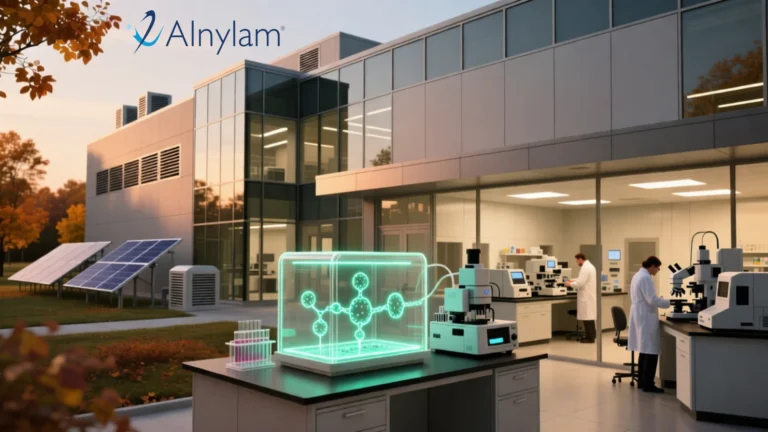
WHO Member States Convene First IGWG Meeting, Set Roadmap for Implementing Pandemic Agreement
In a significant step toward bolstering global health security, World Health Organization (WHO) Member States gathered for the inaugural meeting of the Intergovernmental Working Group (IGWG) on the WHO Pandemic Agreement. Held from 9–10 July 2025, the meeting marked the formal beginning of the process to implement key elements of the groundbreaking international accord aimed at strengthening global preparedness for future pandemics.
This first IGWG meeting followed the historic adoption of the WHO Pandemic Agreement by the World Health Assembly (WHA) on 20 May 2025. The Agreement is widely regarded as a landmark legal instrument designed to ensure a more coordinated, equitable, and effective global response to pandemics.
A Milestone in Global Pandemic Preparedness
Ambassador Tovar da Silva Nunes of Brazil, co-chair of the IGWG Bureau, described the meeting as a “critical moment” in the international community’s effort to build resilience against future health emergencies.
“Through the WHO Pandemic Agreement, countries recognized that global collaboration and action, based on equity, are essential for protecting people from future pandemics,” Ambassador Tovar stated. “Now, through the IGWG, countries are breathing life into the Agreement by establishing the way forward to implement its life-saving provisions.”
The IGWG is the central platform through which WHO Member States will negotiate how the Pandemic Agreement is to be operationalized. Its first task is to draft and negotiate an annex to the Agreement focused on Pathogen Access and Benefit Sharing (PABS)—one of the most complex and pivotal elements of the Agreement.
Developing a Global System for Pathogen Access and Benefit Sharing
The proposed PABS system is envisioned as a globally harmonized mechanism to ensure that pathogens with pandemic potential, along with their genomic sequence data, can be accessed rapidly and safely by relevant stakeholders. At the same time, the system aims to guarantee fair and equitable sharing of the benefits derived from their use—including diagnostics, treatments, and vaccines.
This effort responds to long-standing concerns about inequitable access to medical countermeasures during global health crises, such as during the COVID-19 pandemic. By formalizing rules for sharing both risks and benefits, the PABS annex could become a cornerstone of the global health architecture.
The IGWG has been tasked with developing this annex as a matter of priority. Its final version is expected to be submitted for review at the Seventy-ninth World Health Assembly in 2026.
Building Institutional Structures for Pandemic Governance
In addition to the PABS annex, the IGWG will tackle other foundational issues to prepare for the full implementation of the Pandemic Agreement. These include procedural preparations for convening the Conference of the Parties (COP) to the Agreement—a decision-making body that will oversee its implementation and evolution.
The IGWG will also work on developing a proposal for the terms of reference of the Coordinating Financial Mechanism, which will finance activities under the Agreement. This financial structure is expected to play a vital role in ensuring that resources are available to support pandemic prevention, preparedness, and response, particularly in low- and middle-income countries.
Matthew Harpur of the United Kingdom, the IGWG Bureau’s other co-chair, emphasized the spirit of cooperation that defined the first round of discussions.
“Global collaboration is the foundation of an effective response to global threats,” said Harpur. “I am encouraged by the commitment shown by WHO Member States during the first IGWG to work together to protect their citizens, and those of all other countries.”
Establishing Structure and Timelines
During the two-day meeting, Member States adopted the IGWG’s method of work, which sets out the procedures, processes, and guiding principles for conducting negotiations and consultations. They also agreed on a timeline of activities leading up to the next World Health Assembly, which will include a series of meetings, technical briefings, and stakeholder engagements.
The meeting also finalized the IGWG’s leadership structure, formally electing the Bureau’s co-chairs and vice chairs. This leadership team will guide the complex negotiations and ensure inclusivity and transparency throughout the process.
Recognizing the need for specialized expertise in areas such as virology, bioethics, public health law, and equity in access to health technologies, the IGWG decided to identify expert advisors to provide technical input on the development of the PABS annex. An informal technical briefing is also being considered prior to the group’s next formal meeting.
The second IGWG meeting is scheduled for 15–19 September 2025, and will likely build upon the procedural groundwork laid in the July session.
Stakeholder Engagement and Transparency
Engagement with relevant stakeholders—including scientists, civil society organizations, industry representatives, and public health experts—will be an essential part of the process. The IGWG has committed to developing a mode of engagement that ensures transparency while protecting the integrity of Member State negotiations.
This participatory approach reflects lessons learned during the COVID-19 pandemic, where lack of trust and perceived exclusion of certain voices contributed to fragmentation and inequities in the global response.
A Long-Term Vision for Global Health Security
The WHO Pandemic Agreement is the product of over two years of negotiations, initiated in the wake of the COVID-19 pandemic. It seeks to establish a legally binding international framework that addresses the full spectrum of pandemic prevention, preparedness, and response.
Key principles embedded in the Agreement include equity, solidarity, transparency, and accountability. These values are expected to guide not only the implementation process but also the ongoing governance of the Agreement through the COP and other institutional mechanisms.
While many challenges lie ahead—including political differences, scientific uncertainties, and financial considerations—the successful launch of the IGWG process signals that countries remain committed to working together in the face of shared threats.




